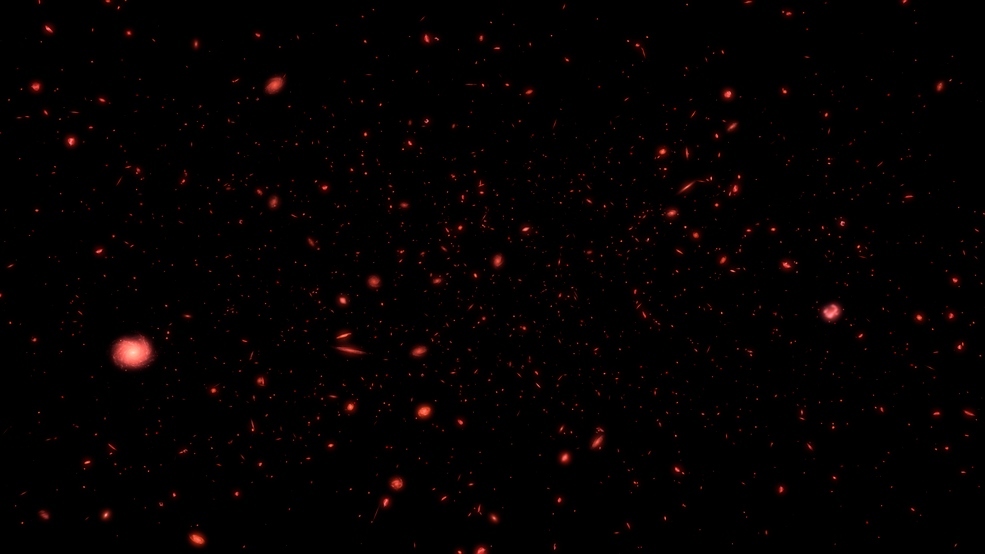India’s #AstroSat Discovers An Ancient Galaxy; Findings Could Explain Origin of Light Post #BigBang - by @MrigDixit
weather.com/en-IN/india/sp…
(📸: ESA/Hubble & NASA, A. Filippenko, R. Jansen)
weather.com/en-IN/india/sp…
(📸: ESA/Hubble & NASA, A. Filippenko, R. Jansen)

➡️The breakthrough discovery, published on Monday, was made using AstroSat—the first multi-wavelength satellite of India. 

➡️Launched by the Indian Space Research Organisation (@isro) on September 28, 2015, and developed by multiple research institutes from India and Canada, the satellite specialises in studying celestial sources in X-ray, optical and UV spectral bands simultaneously.
➡️The satellite, using its unique features, recently detected an extreme-ultraviolet light coming from the galaxy named AUDFs01. The discovery is expected to help our understanding of the earliest source of light in the universe.
➡️The new galaxy was found in the area of space called the Hubble eXtreme Deep Field by the wide-field UltraViolet Imaging Telescope (UVIT) of AstroSat.
As per reports, NASA’s Hubble Space Telescope (HST), which is larger than the UVIT, was unable to detect UV emission from...
As per reports, NASA’s Hubble Space Telescope (HST), which is larger than the UVIT, was unable to detect UV emission from...
...this galaxy as the signals were too faint.
AstroSat managed to identify it successfully since the background noise in the UVIT detector is comparatively lower than the HST.
AstroSat managed to identify it successfully since the background noise in the UVIT detector is comparatively lower than the HST.

➡️The authors of the study have noted that the research is significant in terms of enhancing our understanding of the universe’s early galaxies that are found only at extreme UV wavelengths.
➡️Studying the formation of the early stars and galaxies helps to understand the conditions which led to initial rays of light or radiation after a long period of Cosmic Dark Age in the early universe post the Bing Bang.
➡️Scientists believe that shortly after the big bang, the universe reached its highest temperature and gradually began to cool. During this time, it consisted mostly of subatomic particles like protons, neutrons, and photons. 

The research paper states, “One of the outstanding problems of current observational cosmology is to understand the nature of sources that produced the bulk of the ionizing radiation after the Cosmic Dark Age.
➡️Some radiation does reach our space telescopes and this has been studied through this research.
As per reports, this is the first time a galaxy has been observed in the extreme ultraviolet light & will further help to shed light on the conditions of the early universe.
As per reports, this is the first time a galaxy has been observed in the extreme ultraviolet light & will further help to shed light on the conditions of the early universe.
• • •
Missing some Tweet in this thread? You can try to
force a refresh














